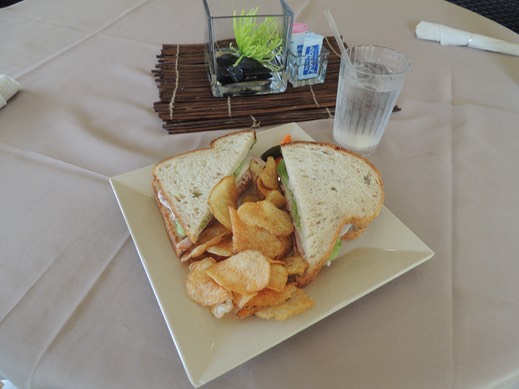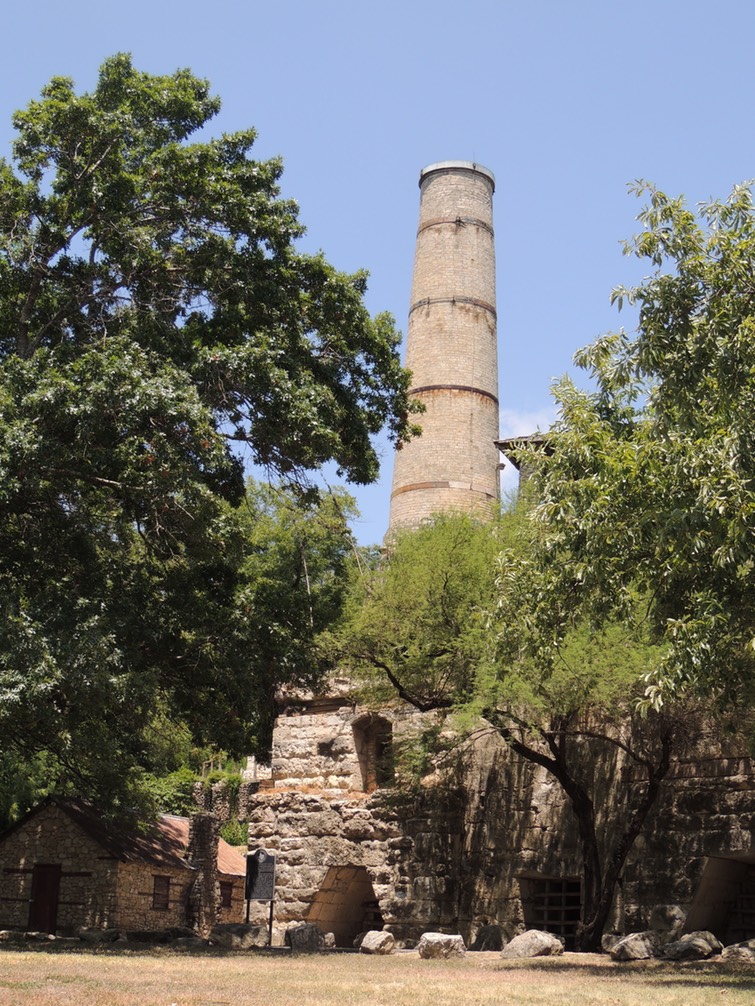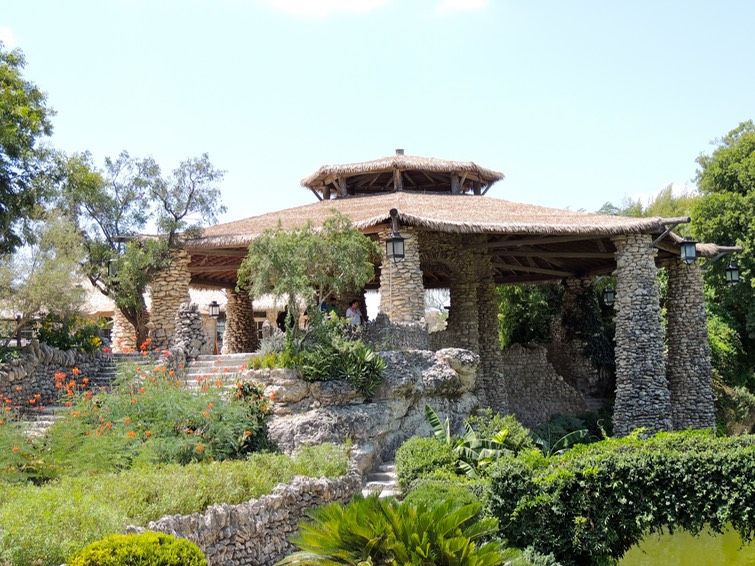Published in the La Vernia News on August 27, 2015
From Rockpile to Restful Refuge
Japanese Tea Garden is a hidden gem
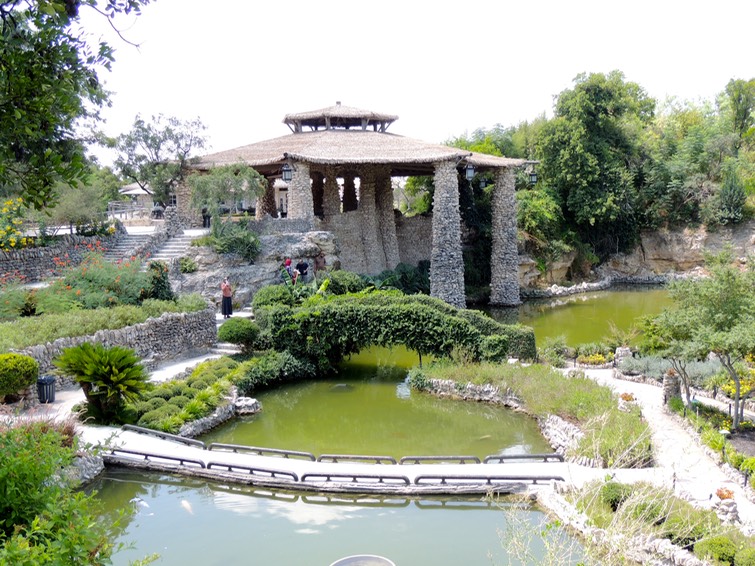
Prison laborers built the pagoda in the Japanese Tea Garden in 1918. It was reproofed in 2005 during a major restoration effort. The foliage covered bridge has been the site of many a kiss.
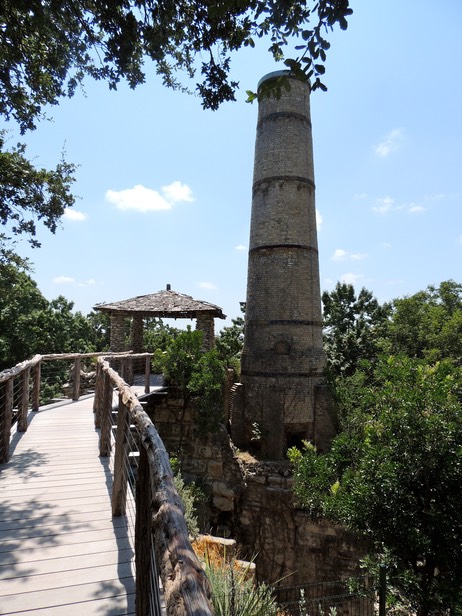
There is a beautiful but not extremely well known refuge from the summer heat and the bustle of San Antonio, tucked away I-35 near the San Antonio Zoo.
It all started back in 1840, when German masons quarried limestone to supply construction projects in the growing city of San Antonio, including the Menger Hotel completed in 1859. In 1880, the Alamo Cement Company began producing cement at this same location. The chimney of the original kiln that was used for over 26 years in this process still stands today.
The land that was developed into this beautiful San Antonio icon was donated to the city in 1899 by George Brackenridge, the President of the San Antonio Water Works Company. In 1917, the City Parks Commissioner, envisioned an oriental-style garden in the then-deserted quarry. The following year, using prison labor, the quarry was transformed; walkways, arch bridges, and a Japanese pagoda were built. In 1919, the City of San Antonio invited a local Japanese-American artist, Kimi Eizo Jingu and his family, which eventually totaled eight children, to live in the park and maintain the gardens. And, in 1925, the Jingu family opened the Bamboo Room to serve lunch and tea to visitors.
Everyday Journeys
Harry and Linda Kaye Perez
The Chimney of the kiln at the former Alamo Cement Co. still stands at the Japanese Tea Garden, located on N. St. Mary’s Street near the San Antonio Zoo.
Originally named the Japanese Tea Garden, the name was changed to the Chinese Tea Garden during World War II because of anti-Japanese sentiment, but most people knew this as the Sunken Gardens. We can remember as teenagers, visiting the gardens many times; there was nowhere else like it in San Antonio. You could hike the trails that meandered through the gardens, over the bridges, and up and down the sides of the transformed quarry. Koi swam in the lily ponds; flowers were everywhere. A beautiful waterfall cascaded down from the highest point of the rock wall. There was one particular foliage covered arched bridge over one of the larger lily ponds that was the spot of many a “first kiss”. In 1984, the city re-dedicated the garden and restored its original name - “Japanese Tea Garden.”
We are not sure when the decline started, but due to lack of funding, the gardens were neglected and fell into terrible disrepair; the beautiful flowers gone, along with the wildlife, graffiti and vandalism prevailed, and even the waterfall stopped flowing.
Finally in 2005, the City of San Antonio used bond money to reroof the pagoda pavilion and the Jingu House; in 2007, $1.6 million was allocated for the restoration of the lush year-around gardens, the lily ponds, and the 60-foot waterfall. It was reopened to the public on March 8, 2008. In 2009, the San Antonio Parks Foundation and the City of San Antonio invested $1 million in the restoration of the historic Jingu house. Work was completed in October 2011 and the new Tea House was open. Managed by Fresh Horizons Creative Catering, a variety of Asian-inspired light lunches are offered, including stir-fry, artisan sandwiches, wraps and salads, and a wonderful array of specialty of hot and cold teas. The tasteful décor can only be described as simply elegant; it is a quiet, restful retreat, especially on a hot San Antonio day.
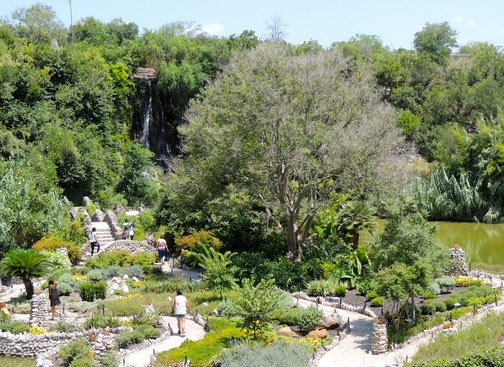
The entrance, located in Brackenridge Park just across from the baseball diamonds, was created by Mexican-born artist Dionicio Rodriguez in 1942, replicating a Japanese Torii gate in his unique style of concrete construction that imitated wood. It was created during the period when the garden was known as the Chinese Tea Garden.
Visit the Garden; there is free parking at the entrance and there is no charge to enjoy this treasure. Be sure to bring your camera, there are great photo-ops at every turn. Explore the well-defined walkways, and when you are tired, I am sure you will find a unique bench built into the landscape to rest upon.
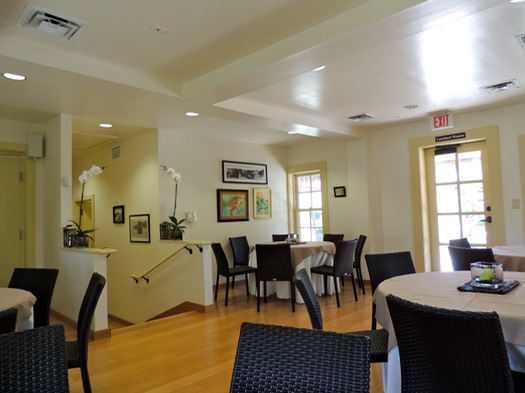
The Japanese Tea Garden has been described as a diamond created from stone; it is a delight for those who venture into this oasis.
A Little More
Located at 3853 N. St. Mary’s Street, the Japanese Tea Garden is open every day from dawn to dusk, and is wheel chair accessible. Admission is free. Pets on a leash are welcome.
The Garden has been designated as A Texas Civil Engineering Landmark, A Registered Texas Texas Historic Landmark, and is listed on the National Registry of Historic Places.
The Jingu House Cafe, serving tea and light meats, is located in the garden. Visit www.jinguhousesa.com or call 210-735-4648.
